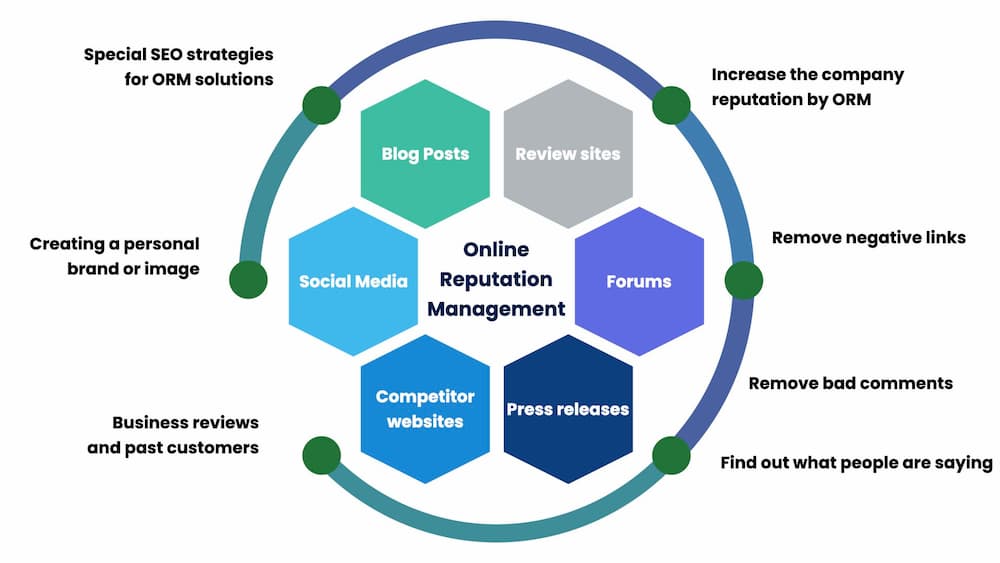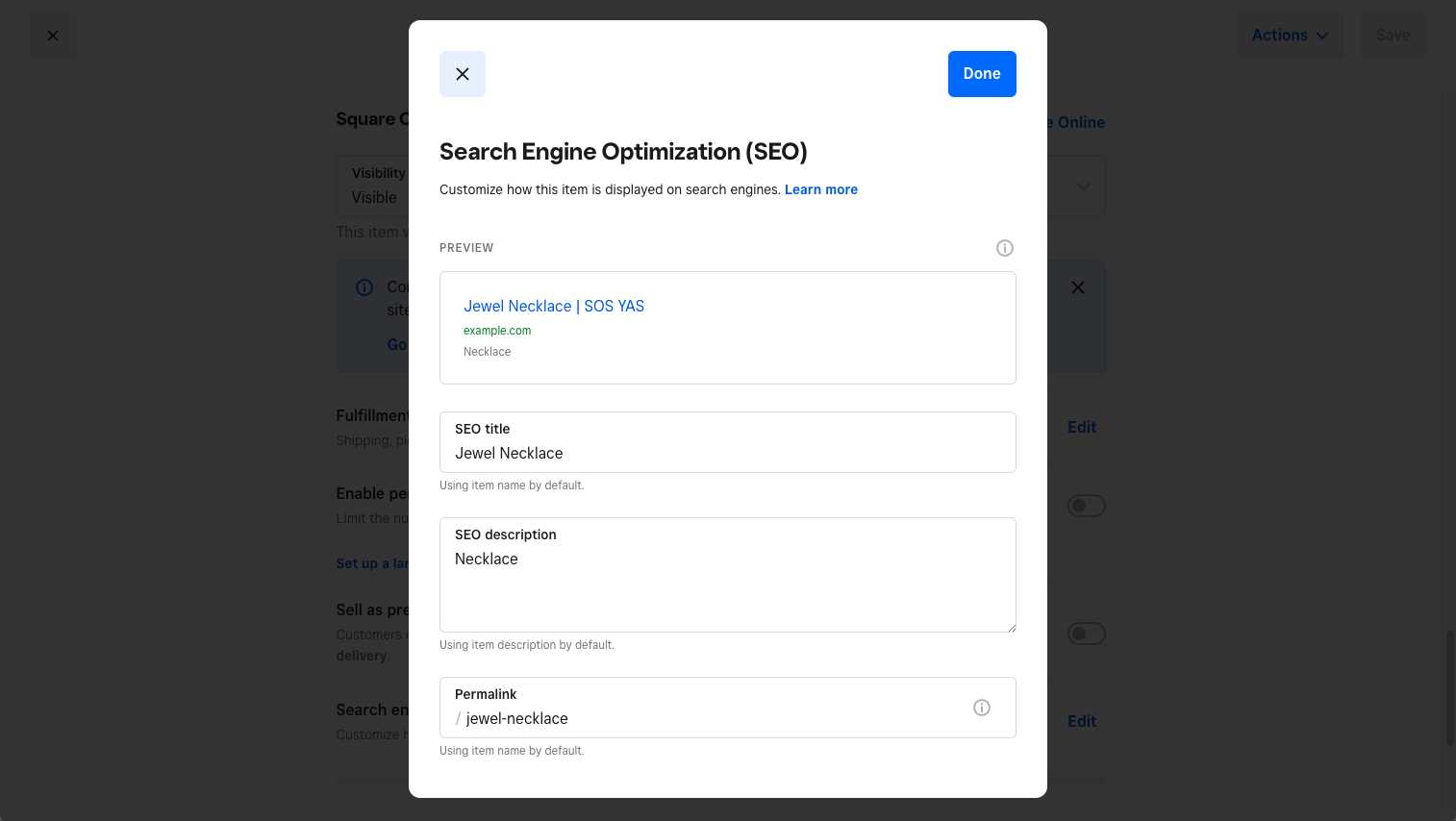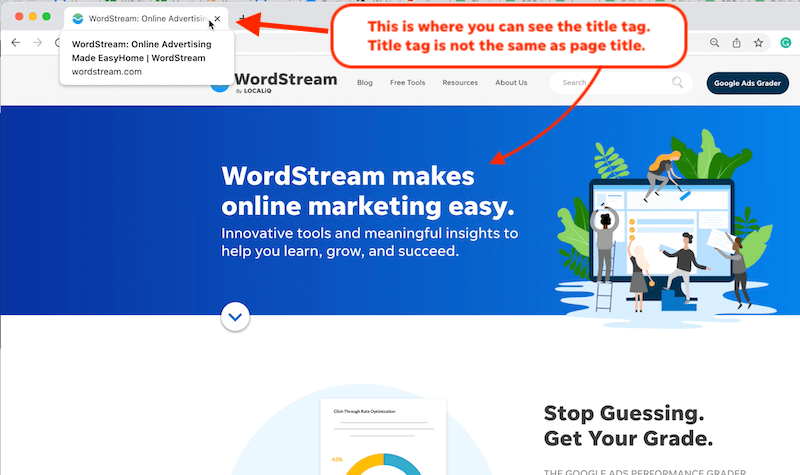Comprehensive Guide to What Is Not Considered a Default Medium in Google Analytics
Comprehensive Guide to What Is Not Considered a Default Medium in Google Analytics
Blog Article
Believing Outside package: Leveraging Unusual Mediums to Optimize Google Analytics Performance
In the realm of electronic advertising and marketing, the mission for enhanced Google Analytics efficiency has become a critical critical for companies looking for to improve their online existence. By exploring unique mediums as methods of data collection, a new world of possibilities arises.
Unique Data Resources

CRM systems, for instance, can supply insights into private client interactions, acquisition background, and choices, which can be integrated with Google Analytics data to develop more individualized advertising techniques. Social media systems supply useful data on customer demographics, rate of interests, and engagement metrics, enabling companies to gauge the performance of their social networks campaigns and optimize material for better efficiency. Email advertising data, consisting of open rates, click-through rates, and conversion metrics, can likewise be leveraged to track user involvement and behavior beyond website communications captured by Google Analytics. By leveraging these special data sources, organizations can fine-tune their techniques, improve targeting efforts, and improve total Google Analytics performance.
Social Network Insights

In addition, social networks analytics tools allow businesses to track vital efficiency indicators, monitor project effectiveness, and gauge the effect of their online tasks. Comprehending the demographics of followers, recognizing prominent content motifs, and assessing engagement levels can help organizations tailor their marketing methods for better outcomes.
Offline Advertising Assimilation
Integrating offline advertising and marketing techniques with digital analytics can improve total campaign efficiency and provide an extra comprehensive understanding of customer actions. what is not considered a default medium in google analytics. By connecting the space between online and offline initiatives, businesses can track the effect of conventional marketing channels such as print advertisements, television commercials, direct-mail advertising, and occasions on their on-line presence

In addition, applying phone call radar for offline marketing tasks makes it possible for organizations to record important data on moved here consumer inquiries generated with published promotions or products (what is not considered a default medium in google analytics). By examining telephone call data together with online metrics in Google Analytics, organizations can get deeper understandings right into the consumer journey and maximize advertising strategies for improved efficiency across all networks
IoT and Wearable Technology
Making use of IoT and wearable technology in digital analytics can reinvent information collection and consumer insights for services looking for a much deeper understanding of customer behavior patterns. Wearable innovation, such as smartwatches or health and fitness trackers, can offer insights right into individual tasks, health and wellness metrics, and even area data.
Gamification Strategies
The application of gamification methods in electronic analytics offers an innovative method to boosting user engagement and driving actionable insights for companies. By including game-like elements such as factors, badges, leaderboards, and compensates right into the analytics interface, companies can motivate users to interact a lot more regularly and meaningfully with the information.
Gamification motivates individuals to check out various attributes of the analytics system, discovering useful insights that may have or else gone unnoticed. With interactive challenges and progress tracking, users are incentivized to delve much deeper into the data, leading to raised time invested on the system and a higher probability of discovering key trends or patterns.
Additionally, gamification can foster a sense of competition amongst customers, spurring them to strive for greater efficiency and engagement degrees. This competitive spirit can drive boosted individual fostering prices and a more extensive usage of the analytics devices offered. Ultimately, by leveraging gamification strategies in electronic analytics, businesses can develop a much more engaging and efficient environment for customers, leading to even more enlightened decision-making and enhanced overall efficiency.
Conclusion
In conclusion, leveraging unusual mediums such as special information resources, social media sites understandings, offline marketing assimilation, IoT and wearable innovation, and gamification approaches can maximize Google Analytics performance. By believing outside the box and checking out these different sources of data, services can acquire useful understandings and improve their overall marketing approaches. It is essential for business to continually discover brand-new ways to gather data and examine it in order to remain ahead in useful source the ever-evolving electronic landscape.
By incorporating data from sources such as customer partnership management (CRM) systems, social media platforms, and email advertising campaigns, services can gain a much more detailed understanding of their audience habits and involvement patterns. Social media systems provide important data on user demographics, interests, and interaction metrics, permitting organizations to determine the performance of their social media projects and maximize web content for much better efficiency. By leveraging these one-of-a-kind information resources, businesses can improve their strategies, boost targeting initiatives, and enhance general Google Analytics performance.
Exploring social media understandings can give businesses with valuable click resources information on customer demographics, rate of interests, and interaction metrics, enabling for educated decision-making and critical optimization of advertising efforts. By thinking outside the box and discovering these alternative resources of data, companies can gain beneficial understandings and enhance their overall advertising and marketing approaches.
Report this page